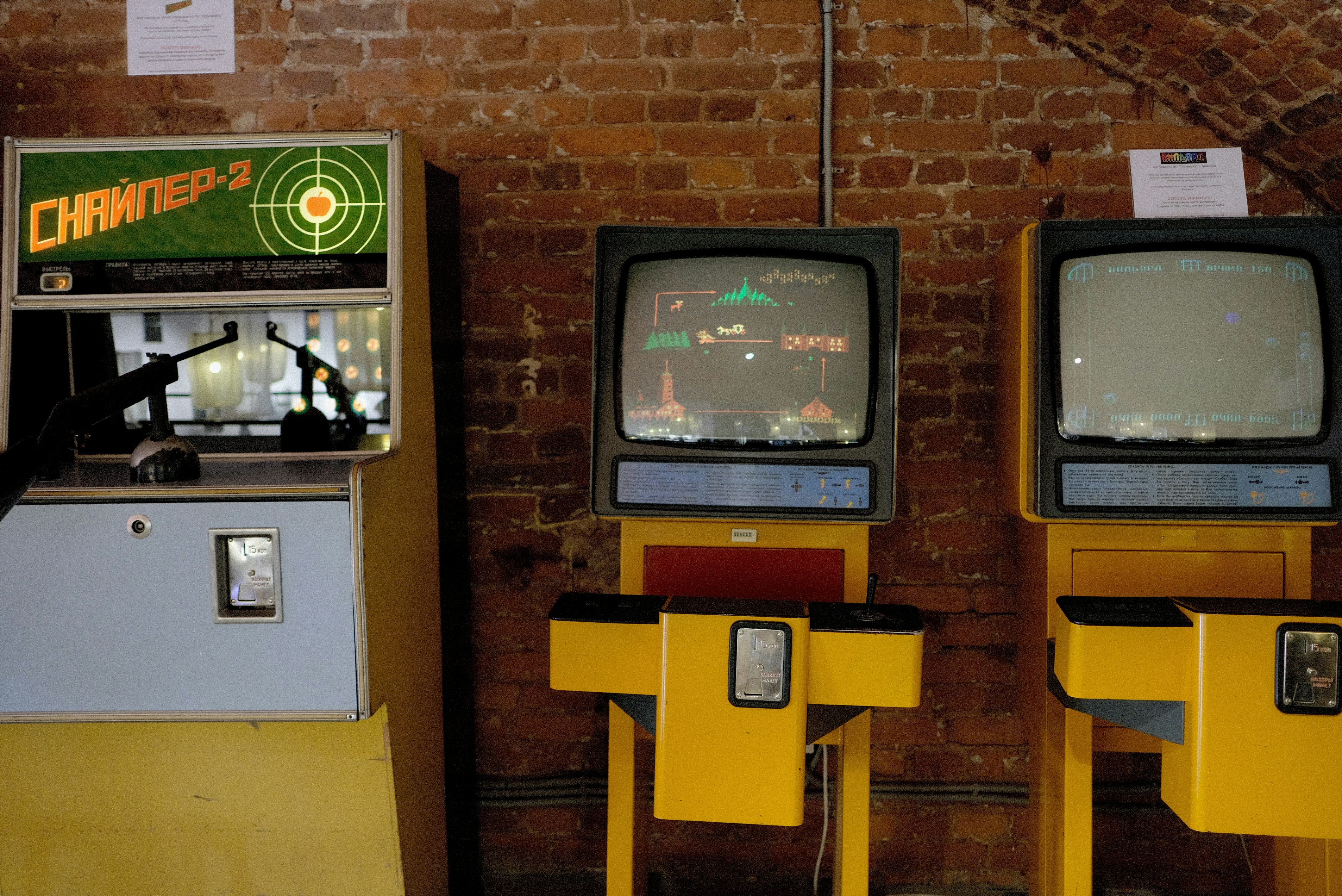The Forgotten Art of Game Localization: Engage with Cultural Nuances
In the fast-paced world of gaming, players are not just looking for entertainment; they seek immersive experiences that resonate with their cultural backgrounds. This is where the importance of localization comes into play—an often overlooked aspect that can significantly shape player engagement and overall game design. As the gaming industry continues to expand globally, understanding how cultural nuances influence designs is no longer a luxury; it's a necessity.
Localization Beyond Translation
Defining Localization in Gaming
Localization goes beyond mere word-for-word translation—it encompasses a holistic adaptation of the game to fit the cultural context of its target audience. This can involve changes in art, narratives, gameplay mechanics, and even marketing strategies. When done well, localization can create an authentic experience that resonates deeply with players across the globe. Conversely, poor localization can turn an engaging game into a confusing, disconnected experience.
For instance, consider the landmark role-playing game Final Fantasy VII. Its various iterations have been localized successfully in multiple languages, allowing players from different backgrounds to connect with its richly woven narratives. However, when Ico was localized for the Western market, some critics pointed out that the game did a poor job of capturing the softer cultural tones of its Japanese roots, which might have affected the overall reception.
Successful and Unsuccessful Localization Efforts

Localizing us not free of risks. Some games have successfully thrived across borders, while others faltered dramatically. Take Persona 5, for example. The game's developers chose to retain much of the Japanese cultural references, ensuring that the experience was both authentic and engaging for Western players. Conversely, The Witcher series faced challenges when certain in-game jokes fell flat due to cultural references that didn't translate well, although the game's core story still captivated a worldwide audience.
These examples illustrate that localization needs to be meticulously planned and executed, hinging on a comprehensive understanding of both the source and target cultures.
Cultural Sensitivity in Game Design

Integrating Local Culture into Mechanics and Storytelling

The impact of cultural nuances extends into game mechanics and narrative structures. Games that blend local culture into their design often see higher engagement rates. For instance, Overwatch's character backgrounds draw upon various national cultures, enriching the storytelling layer and Watson at the player’s emotional connection with the characters.
Moreover, in games like Ghost of Tsushima, the developers took extensive measures to portray Japanese culture accurately, from the landscapes to the martial arts depicted. The result was not just a game that won accolades but one that deeply resonated with its audience, who felt their culture was celebrated and explored authentically.
Case Studies on Cultural Accuracy

The importance of cultural accuracy cannot be overstated. A game like Assassin's Creed, which immerses players in historical settings and figures, has had multiple successful entries worldwide by deeply embedding local cultures and histories into its narratives. This level of engagement creates a sense of pride and connection for players, leading to a more immersive experience.
Player Perspectives: Regional Differences in Gaming Preferences

Insights into Player Behavior and Preferences

Players vary widely based on their cultural contexts. In Japan, for instance, there’s a strong preference for narrative-driven games that emphasize character development, while Western audiences may lean towards action-oriented experiences. Developers are increasingly paying attention to these differences, tailoring game mechanics, storytelling, and even difficulty levels to better fit regional preferences.
Harnessing Insights for Better Localization

Studying player behavior is crucial for effective localization. Understanding these nuances allows developers to create games that resonate more profoundly, leading to increased engagement. For example, developers can use analytics tools to assess player preferences and make informed decisions about which localization strategies to pursue.
For more insights on how game mechanics impact player engagement, consider reading “The Evolution of Game Mechanics.”
Technologies Shaping Modern Game Localization

AI and Machine Learning in Localization

The landscape of game localization is rapidly evolving, particularly with advancements in technology. AI-based translation tools and machine learning algorithms are playing an increasingly vital role in streamlining localization processes. These technologies can analyze vast amounts of data to understand contextual meanings and cultural references, aiding in the creation of more culturally relevant localized content.
Future Predictions for Localization Advancements

Looking ahead, we can expect even more exciting advancements in localization technology—such as real-time AI translation during gameplay, which would allow seamless interaction among players from different regions. This could fundamentally alter how global gaming communities interact, leading to a more interconnected gaming experience.
The Role of Community in Localization

Community Feedback for Authentic Content
The gaming community plays an essential role in shaping locally relevant content. Community feedback often leads to adjustments that enhance authenticity and engagement, demonstrating that localization is an ongoing dialogue rather than a one-time effort. Engaging with players through forums and social media can provide valuable insights into what a particular audience expects and desires.
Encouraging Community Involvement
Developers have the unique opportunity to involve local gamers in the localization process, fostering a deeper connection between the game and the players. Crowdsourcing translations, for example, has proven successful in certain indie games, which allows for a multiplayer design approach that is both inclusive and authentic.
Final Thoughts
As we move forward into a more globalized gaming world, understanding and implementing cultural nuances in localization will remain paramount. By prioritizing cultural sensitivity, player preferences, and technological advancements, game developers can enhance player engagement on a global scale.
The call to action for developers is clear: consider cultural nuances not only as an afterthought but as an integral part of the game design process. This shift in perspective will ensure more relevant, relatable, and rewarding gaming experiences for audiences worldwide.
For further exploration on how games impact social dynamics, check out our articles like “The Evolution of Gaming Communities” and “Navigating Digital Afterlife: Create Legacy Profiles” for more insights.





